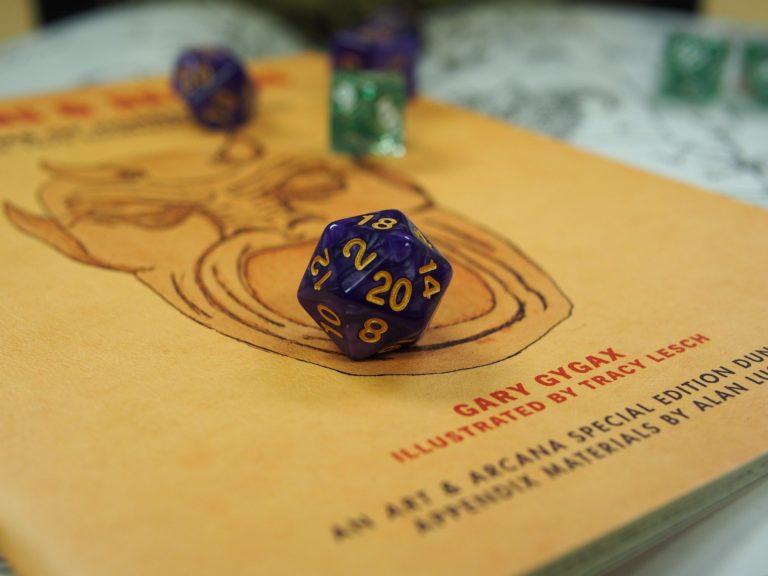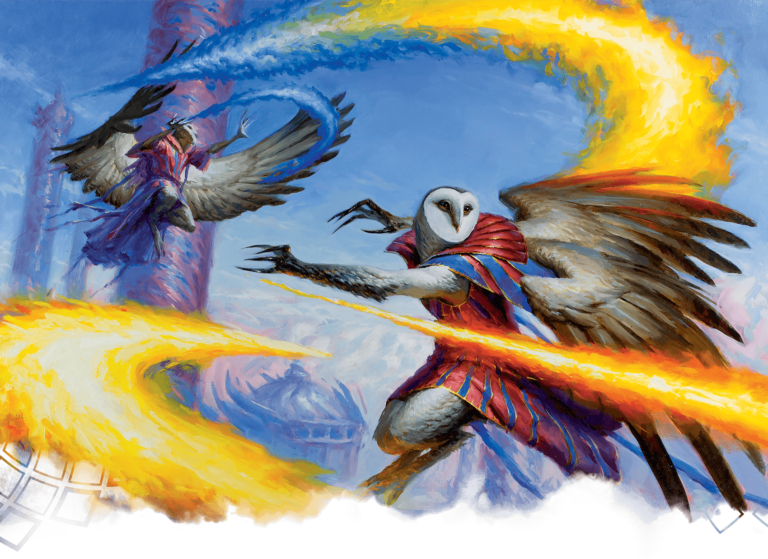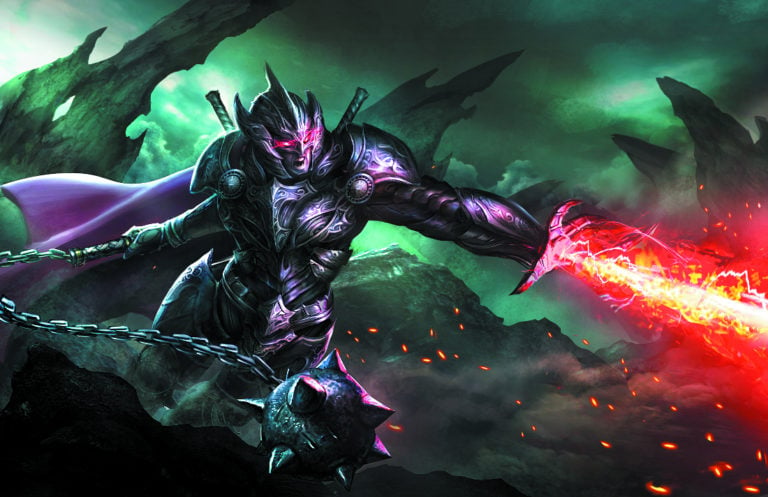Pallid Elf 5E Guide | Wildemount Elven Subrace from Critical Role
The gang at Critical Role are anything if not creative. In addition to the world they have built, some of the most interesting aspects are the cultures they have weaved throughout it. The Explorer’s Guide to Wildemount covers these new subraces in detail, and few are as unique as the Pallid Elf. Learn about these inquisitive Elves with our Pallid Elf 5E Guide.

Pallid Elf 5E Guide
In my opinion, few races in the 5th Edition are as fleshed out as elves. Before cracking open this book, I did not expect there to be much room for fleshing them out further. Well, I was wrong. Not only does Wildemount include Pallid Elves, they also include another subrace known as the Sea Elf.
What is a Pallid Elf?
The Pallid Elves are arguably the youngest race of elves in existence. The reality is that no one knows for sure how long they have been around. What scholars have learned is that they first emerged from the Pallid Grove in the last 100 years. Prior to this, they had never been seen by the eyes of outsiders. Now, these curious elves explore the entire world.
Pallid Elf 5E Traits
Pallid Elves have similar physical traits to other elves. They have a base speed of 30 feet and are medium in size. Best known for their pale skin, they share other traits with elves including the pointy ears.
The Pallid Elf is identifiable by their pale skin – even fairer than your average elf. These elves have a quiet thirst for knowledge that are inherently insightful.
Ability Score Increase
Like with all elf variants, the Pallid Elf receives a +2 dexterity bonus. The various subraces each enjoy an added bonus; for the Pallid Elf that is +1 to Wisdom. The combined bonuses for race and subrace are:
- +2 Dexterity
- +1 Wisdom
Incisive Sense
Incisive Sense is powerful – and permanent. It gives you advantage on Intelligence (Investigation) and Wisdom (Insight) checks at all times. This advantage is never exhausted and never wears off. That is a pretty powerful trait, given most similar options for other races can only be used once without resting. For campaigns involving substantial fact-finding, this subrace is possibly the best of the bunch.
Blessing of the Moon Weaver
Another interesting trait that, at higher levels, serves as essentially gaining three free spells in one. While each of these spells can be situational, they are generally very useful.
At level one, Blessing of the Moon Weaver grants the Light cantrip. At Level 3, this traits gives the Sleep cantrip. Finally, at Level 5 you are given the ability to cast Invisibility. There are no components required and they do not take up spell slots. You will need to take a long rest after casting Sleep or Invisibility before you can use them again.
I am a big fan of this trait. Like with most things in our Pallid Elf 5E guide, it may not be optimal for a hack-and-slash adventure through a dungeon, but the options are limitless.
Differences from Other Elves
The differences between Pallid Elves are limited, and not nearly as wide as those between the Draconblood and Ravenite Dragonborn. While each subrace shares slightly differing ability score increases and traits, the Pallid Elf does not lose any of the traits or bonuses that come with being an elf.
All things considered, Incisive Sense and Blessings of the Moon Weaver are exceptionally useful, even if they are a bit situational. This class doesn’t just add depth, it also adds new roleplaying opportunities.
What is the Difference Between Drow and Pallid Elves?
Pallid elves are similar – and arguably stronger -as a racial option compared to the Drow. Whether or not you agree generally comes down to (1) how aggressively your DM makes sunlight sensitivity a problem and (2) how much you value darkvision.
Let’s start with darkvision. Both subraces get it, but the Drow get 120 feet as opposed to 60 feet for the pallid elf. This is a big difference in some cases. It is also the only area where the drow is clearly superior. Both subraces get some inherent spellcasting, which is always fun.
Pallid elves also get advantage on Investigation and Insight checks. This is a huge benefit that can be used frequently across a wide range of campaigns. On the flipside, drow are stuck with sunlight sensitivity and gain an extra language. For me, the Pallid elf is the better option.
Pallid Elf Build Concepts
Due to their similarity to other elves, Pallid Elves also fill many of same common roles the race usually plays. A Pallid Elf ranger is a natural fit, as is a rogue.
In my eyes, a unique take on the subrace would be as a Pallid Elf Knowledge Cleric. Given the boost to Wisdom, this domain is a natural fit. Campaigns that require substantial investigation rolls could make great use of this character, who can also provide useful buffs to the group on the battlefield. With the broad choices of skills, they are also great in skill-heavy quests. The knowledge cleric also gets a bonus to cantrip damage, so building out spell list around that trait could be useful for dealing damage.
What Book is the Pallid Elf in in 5E?
You can find the Pallid Elf in the Explorer’s Guide to Wildemount.
Concluding our Pallid Elf 5E Guide
All told, we like this elf subrace. I think this is a great fit for roleplay-centric players, but it also serves as a strong support character that could take the lead in a lot of non-combat challenges.






